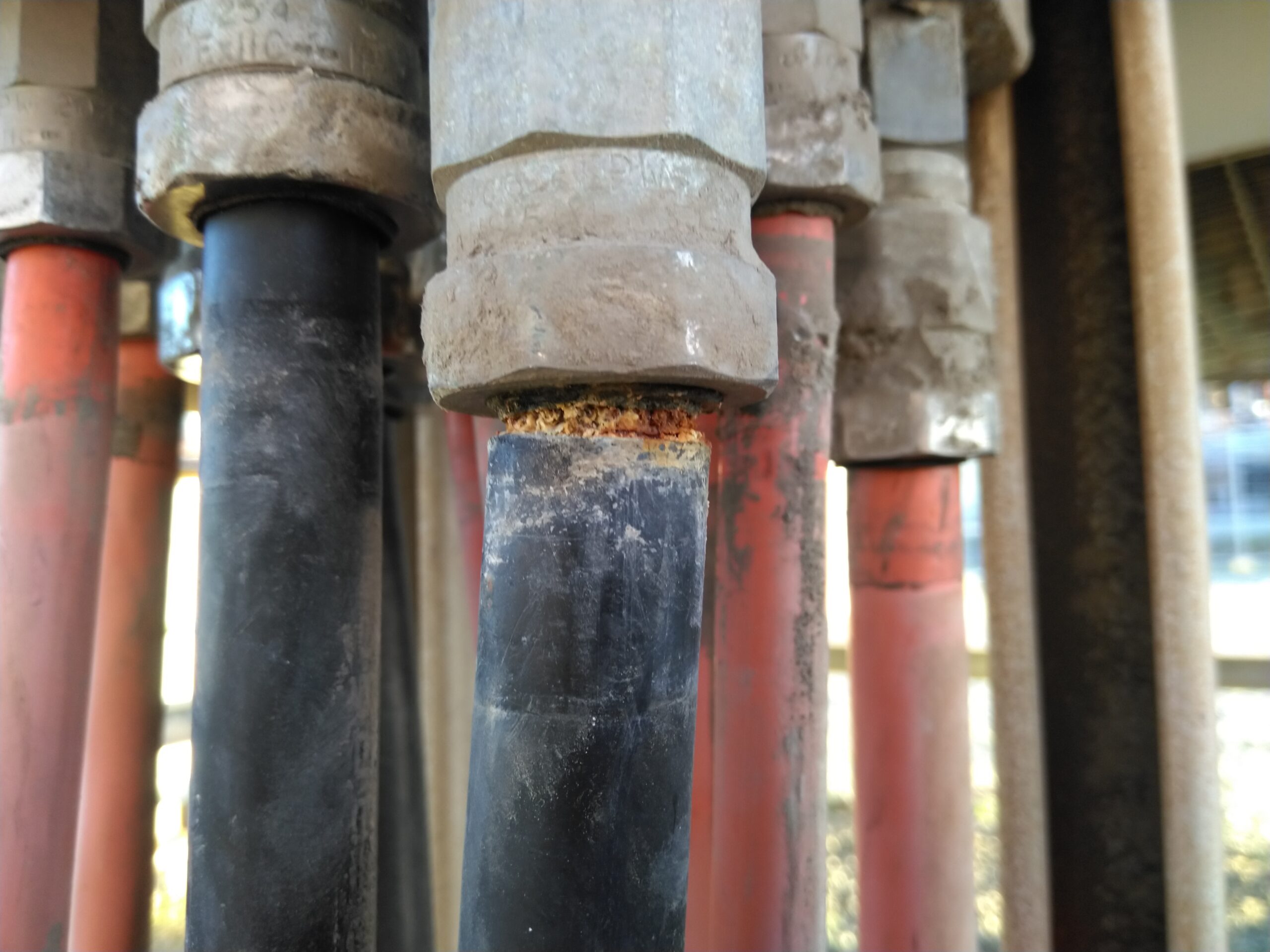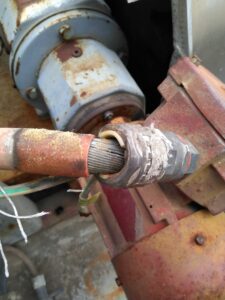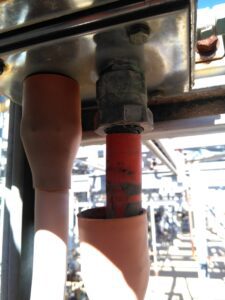Introduction
Properly installed electrical systems are not only essential for operational efficiency but also for safety. However, there exists a lesser-known issue that plagues many installations – the misuse of cable shrouds as a means to disguise poor workmanship and their inadvertent contribution to water and dirt accumulation. This article sheds light on how cable shrouds, intended to protect cables and promote safety, can be misused to hide subpar or in-experienced workmanship whilst unintentionally contributing to new hazards.
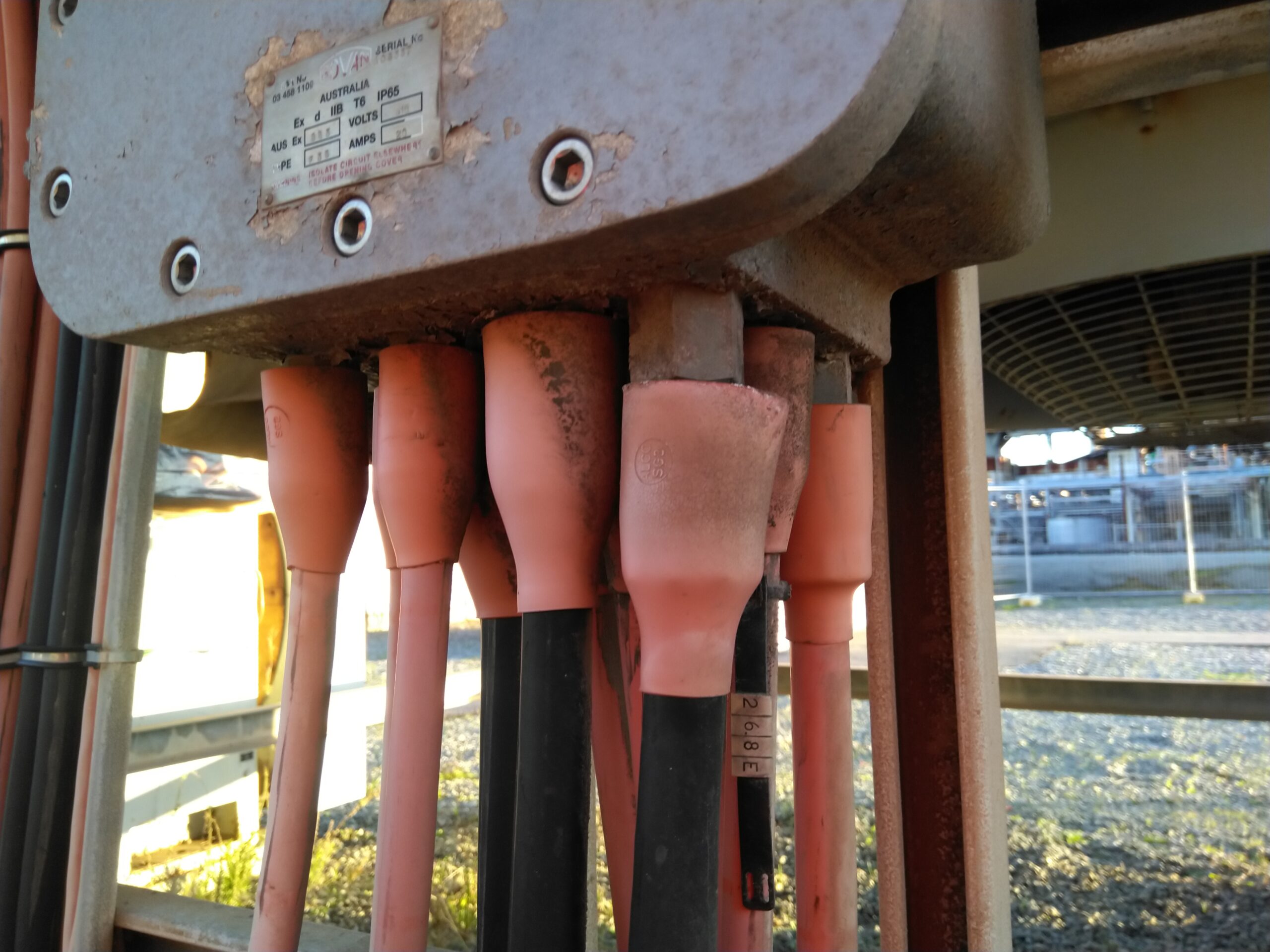
The Purpose of Cable Shrouds
Cable shrouds are protective coverings used to encase electrical cables and glands. They serve several essential purposes, but the most important is meant to be protection from the environment. Cable shrouds are suppose to safeguard cables and cable glands from physical damage, reducing the risk of water ingress or dust accumulation.
The unfortunate truth
Unfortunately, cable shrouds are also commonly used to disguise subpar workmanship. Things like; exposed cable armour (SWA) out of the back of the cable gland or cable damage near the gland are very often lurking beneath a well installed shroud.
I recently had to inspect an Ex enclosure which had ten cables glanded into it. Of the ten cables, four had exposed SWA, one of which had evidence of corrosion in the cable armour. On the same day, another enclosure with twenty-one cables had nine glands with steel wired armour (SWA) exposed.
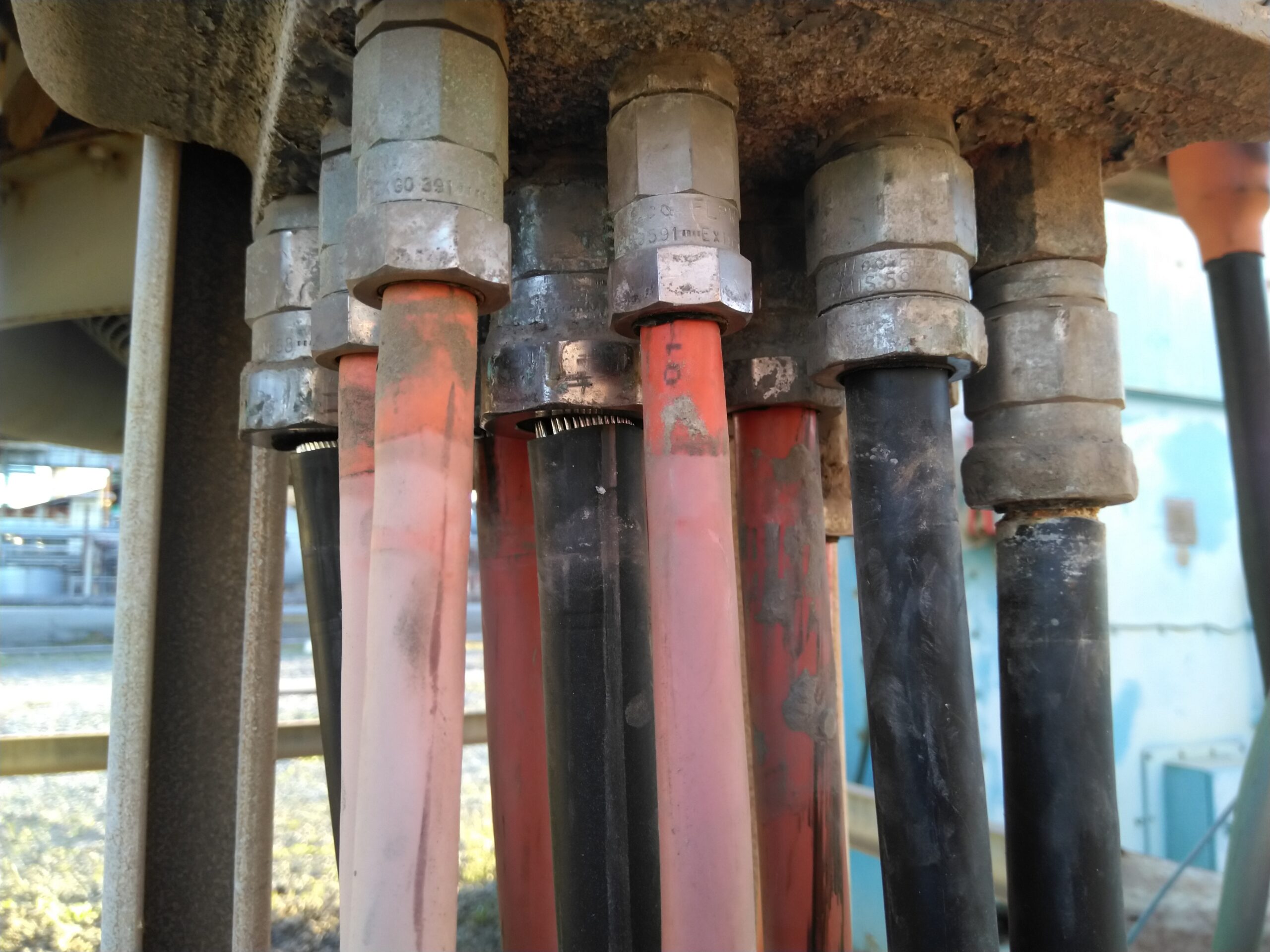
Regrettably, some unscrupulous individuals may use cable shrouds to mask their shoddy workmanship. Instead of executing meticulous electrical installations, they choose to hide their mistakes behind a small piece of plastic. This deceptive practice might temporarily conceal issues such as poorly connected wires, inadequate insulation, or improper cable management. Such hidden problems can lead to serious safety hazards.
On the other hand, it may just be because of in-experience or poor training. Either which way, hopefully this article and images shed light on a common issue seen all too often in the field.
The Water & Dirt Dilemma
One of the unintended consequences of cable shrouds is their potential to trap water and dirt. While shrouds are designed to protect cables from external elements, they can inadvertently capture moisture and debris, creating new problems:
- Corrosion: water trapped inside the cable shroud can lead to the corrosion of metal components in electrical systems, impairing their functionality and lifespan.
- Electrical Malfunctions: accumulated dirt and debris can cause electrical interference, leading to malfunctions or performance issues in the system.
- Dirt and Dust: dust is as much as of a hazard to equipment as water. Dirt collects, making it easier for rust to enter, and if SWA is exposed this can accelerate the corrosion of the armour.
Solutions & Best Practices
To prevent the misuse of cable shrouds and the associated problems, the following solutions and best practices are recommended:
- Skilled workmanship: employ qualified and certified electricians who adhere to safety standards and prioritise quality workmanship.
- Regular inspections: conduct periodic inspections of electrical installations to identify potential issues before they escalate into significant problems.
- Avoidance: where possible, try not to use cable shrouds but rather weatherproof tape such as Denso tape.
- Proper cable management: if shrouds must be used, ensure cables are well-organised within the shrouds to allow for proper airflow and reduce the accumulation of moisture and dirt.
Conclusion
Cable shrouds play a vital role in protecting electrical installations and enhancing their aesthetic appeal. However, they can be misused to disguise poor workmanship, potentially leading to premature failure. Additionally, their unintended capacity to trap water and dirt requires careful consideration during installation and maintenance. By promoting skilled workmanship, regular inspections, and adherence to best practices, it is possible to ensure that cable shrouds serve their intended purpose, safeguarding electrical systems and those who rely on them. But, if you ask me, I say “don’t use them”.

